Base stealers are running wild, but catchers have one thing going for them
Baserunners are attempting their most steals in nearly three decades this season, in this the third year since MLB's rules changes.
Teams are averaging more than one steal attempt per game (1.03) for the first time since 1999, and if the frequency holds, it'll mark the greatest rate of attempts since 1997 (1.07 per game).
Steal attempts jumped significantly in 2023 with the introduction of limits on throws over, slightly larger bases, and the pitch clock, allowing savvy runners to better time their jumps. The rate of steals increased slightly last year and again this season. And we're only a few games into Chandler Simpson's career.
While success rates have come down from 80% in 2023 to 78.5% this year, they remain at the fourth-highest level since 1947.
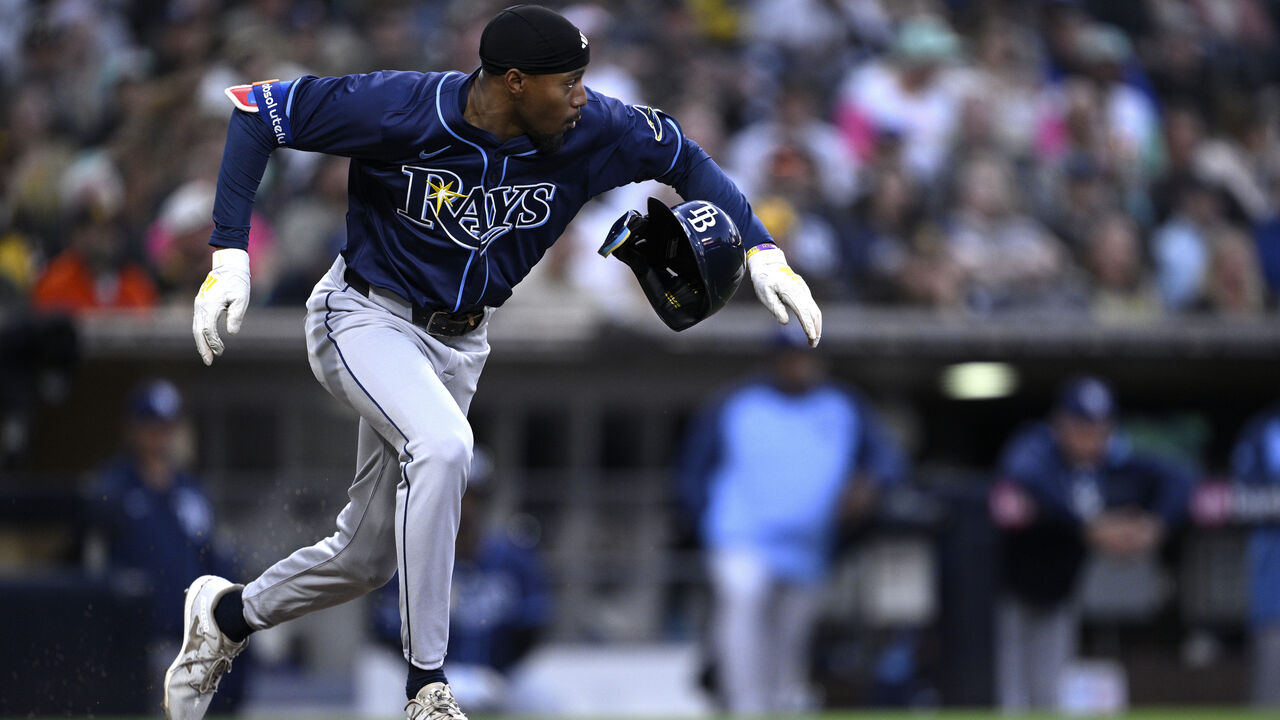
The impetus for all this: MLB wants more action in the game, including more running. For fans, it's more interesting to see a steal attempt versus a runner not straying from a bag.
But the new rules are less enjoyable if you're part of a pitching-catching battery.
There is, however, one factor working in the defense's favor that could perhaps reverse or even push back on teams running wild: catchers are improving in a way baserunners can't. And maybe, just maybe, that'll prevent the baserunning game from getting too out of equilibrium.
For all that can be trained and improved in the modern game - from a swing's launch angle to a pitcher's slider shape - there's one skill that remains constant and much less malleable: foot speed.
Consider that the average MLB 90-foot sprint-speed time was 4.053 seconds a decade ago in 2016. This year? It's 4.042 seconds, one-hundredth of a second faster.
The sprint-speed range sits between 4.039 seconds in 2024 (the fastest on record) and 4.064 seconds in 2022 (the slowest) in the 11 years of player-tracking data.
While there are more steal attempts, players aren't getting faster.
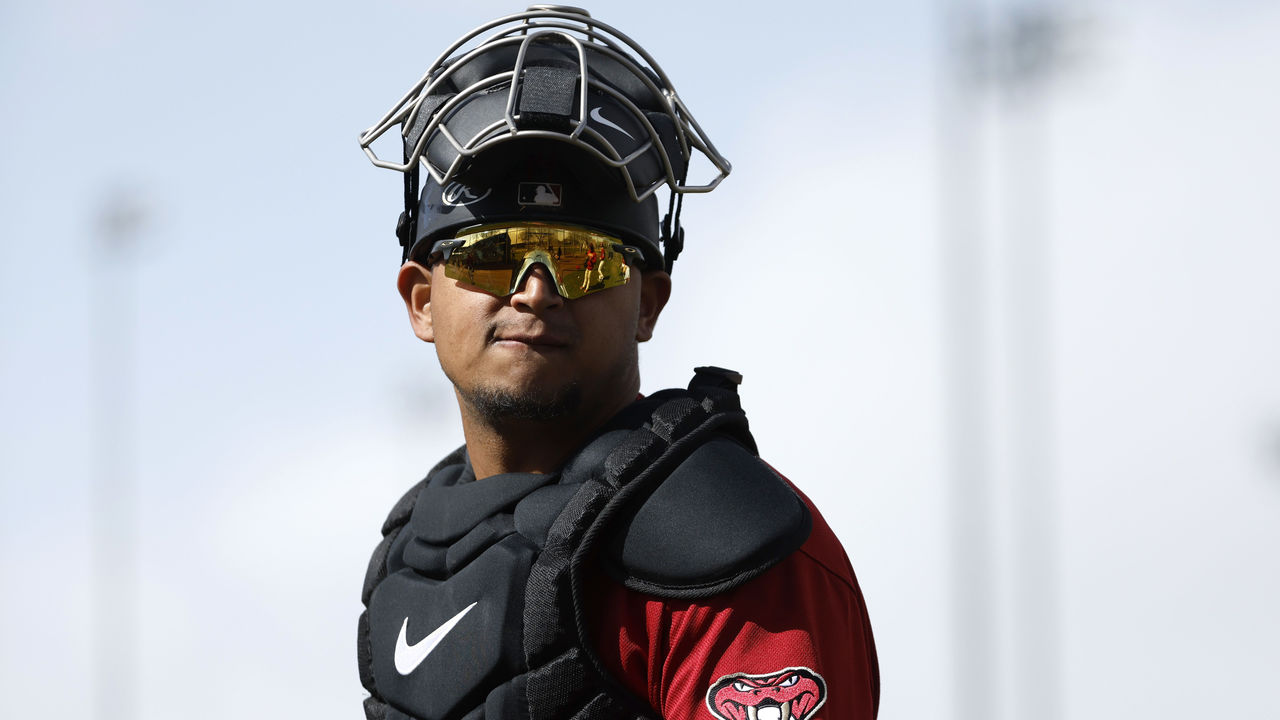
But catchers are improving.
While foot speed remains constant, pop times - the time from a pitch hitting a catcher's glove to the catcher's throw arriving at the base - are improving.
The average pop time to second base in Statcast's first year was 2.021 seconds in 2015, a record high in the player-tracking era, and it's declined year over year nearly every year. It fell below two seconds for the first time in 2020 and hit a record low of 1.96 seconds last year. It again sits at 1.96 early this season.
The gap between the average sprint speed and average pop time is shrinking, albeit slightly, every year, in other words. It's down 2.3% in the player-tracking era.
Yes, pitchers have a lot to do with controlling the running game, but pop time is the piece catchers control.
While that decline might not seem like much, recall that steal attempts were in decline prior to all the rule changes. In 2021, the last year before the changes, steals were at their lowest attempt rate since 1963, in part because catchers were getting better.
Take a player like Phillies veteran catcher J.T. Realmuto. He's a quicker draw in his 30s than his 20s.
Realmuto benefits from being an elite athlete at the position.
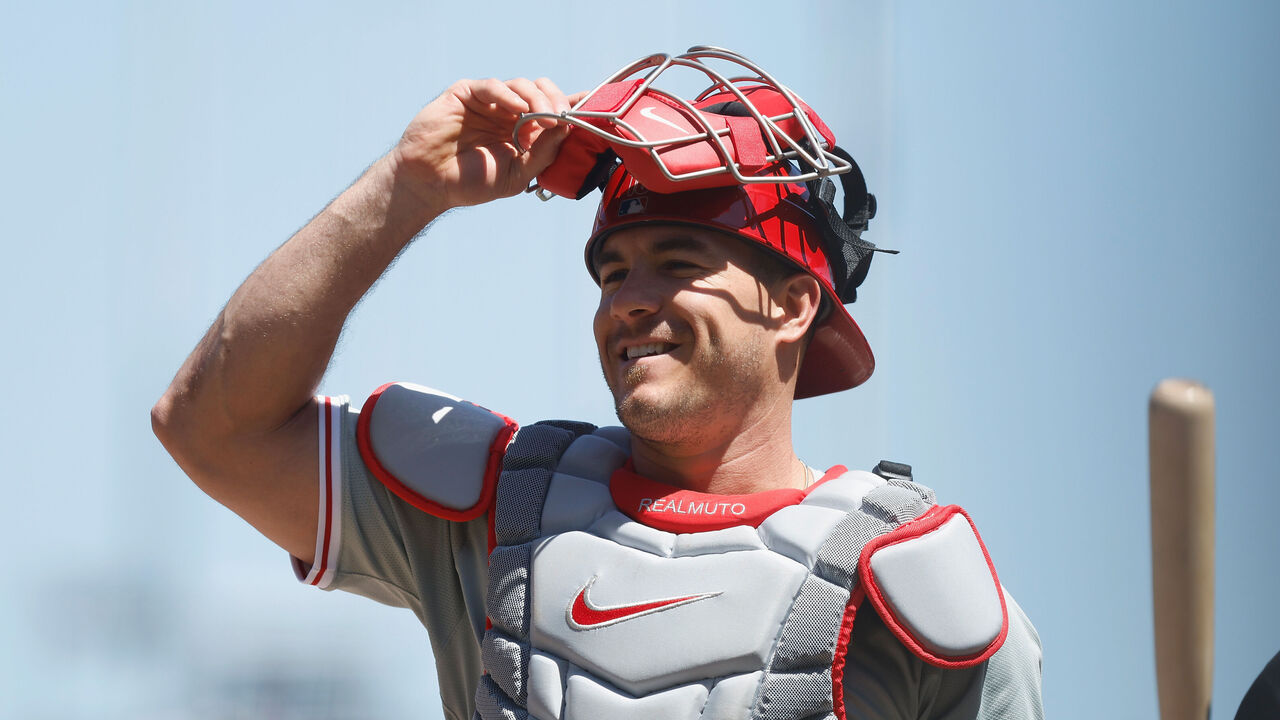
He's a good enough hitter to have made it to the majors at another position. As a prep prospect, he accepted a scholarship to play shortstop at Oklahoma State. But when Marlins scout Stan Meek saw him play behind the plate on one occasion as a high school senior, Meek asked Realmuto if he'd be willing to play there as a pro.
"Whatever is going to get me to the big leagues, I'll play it," Realmuto recalled telling Meek.
Fifteen years, two All-Star appearances, two Gold Gloves, and 10,000 innings caught later, he's still getting better at the position.
Always an elite catch-and-throw receiver, Realmuto's improved his pop time from 1.91 seconds in 2015 and 2016 to 1.86 seconds or faster in each year since 2020, including a full-season career best of 1.82 seconds in 2022 as a 31-year-old.
His time averages 1.86 seconds this season, tied for tops in MLB.
How did he keep improving?
"A lot of that is I rely on my hand quickness," Realmuto said. "I think that is from playing the infield, and having that type of footwork. As far as improving over time, I just try to continue to evolve my training, where every year I'm challenging by body in different ways to try and remain explosive."
Realmuto worked on a regime this past offseason that focused on "time over tension" workouts, increasing the amount of time his muscle groups were placed under stress in training. That was in addition to a regimen of faster-paced workouts involving lighter weights.
He says he's also quicker for a reason that includes a less desirable trade-off: accuracy.
"My time has gotten quicker because I know have to be," he said. "It doesn't matter if I throw it right on the bag, at two seconds, he's probably safe. There are jumps where I have to be a 1.8 (seconds) on the bag to get them out. I'll sacrifice a little accuracy."
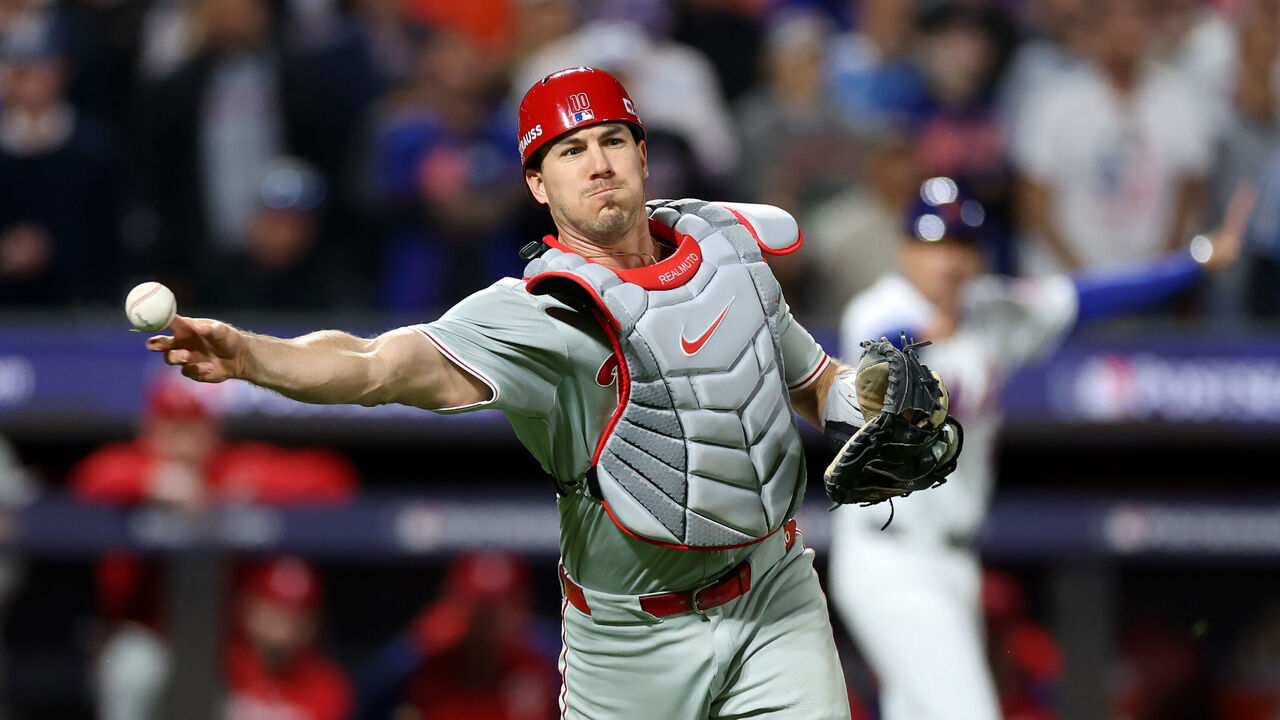
After posting a league-best 44% caught stealing rate in his last year under the old rules, his percentage fell below 30% in each of the last three years - though it was still above league average in two of the last three seasons.
While Realmuto's the quickest draw in the east, Giants catcher Patrick Bailey matches him out west at 1.86 seconds this year.
Bailey's ranked in the 95th percentile or better in pop time every year he's been in the majors.
While he's fast, he's also accurate, with a 41% caught stealing rate this season. He's been at least seven percentage points better than the league in each of his three major-league seasons.
Bailey's obsessive about the craft.
"I threw a 1.64 to second (in 2023) on one of (Alex) Cobb's balks," Bailey told theScore last year. "So it technically didn't count. But we had the Statcast data on it and everything. I was pretty upset that it didn't count because I think it would have been the fastest (time) to second."
His focus on speed of exchange was a product of necessity.
"It kinda started in high school. I didn't have a good arm," he explained. "I had to get rid of it as quickly as I could. As the arm strength has come along and caught up, I think it's the perfect match of getting rid of the ball quickly and then building your arm strength up."
Today, weighted-ball programs are coming to the catching craft to build velocity, like they have for pitchers.
Veteran catcher Curt Casali told me that when Driveline's Kyle Boddy joined the Reds a few years back and implemented a velocity-building program for pitchers, the catchers in the system also began employing similar practices. These are becoming common.
The average competitive throwing velocity to second base on steal attempts is 82.4 mph this season, according to Baseball Savant (which uses catchers' 90% and better throws in terms of velocity for the measurement). It's another area where catchers can gain skill.
But what's more important is exchange time.
Bailey's exchange - that time from catching the ball to releasing it - is a blur. He's averaging .58 seconds this year and last, always residing in the top 10 of MLB catchers. He notes it's the exchange time that's so important, accounting for about a third of the total pop time.
"I treat it almost like turning a double-play feed up the middle to second base," Bailey said. "It's in and out of the glove. That's how I try and treat it as a catcher."
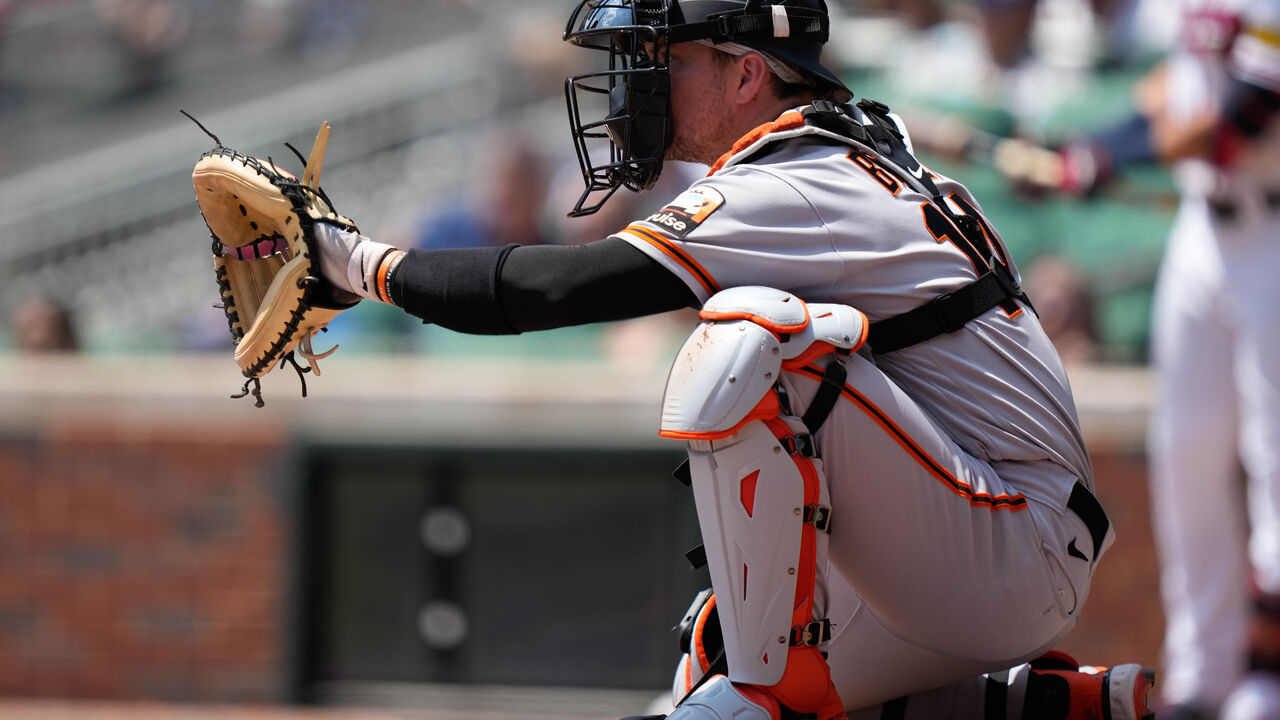
Bailey's coaches tracked pop and exchange times for as long as he can remember, going all the way back to prep school. He always wanted to be not only the best but also wanted his times to always be improving.
He's even evolved to create his own techniques.
"I think the biggest thing for me is what I call cheating," Bailey said of his position at the catch point. "So I cheat with the body to create an angle. If you can get yourself perpendicular, you have a better chance of getting rid of the ball quickly because you're already in the throwing position."
Combine that with his lower, three-quarters release and Bailey's often making throws that are quickly unleashed but also tossed with unusual release points. He looks something like Patrick Mahomes improvising as a catcher:
Patrick Bailey, San Francisco Giants.
— Tyler Goodro (@goodrocatching) July 23, 2023
Showcases a low 3/4 arm slot.
Adapt. pic.twitter.com/D71eV8LwPH
Gabriel Moreno's another young, elite thrower in terms of pop time. Like Realmuto, he said he benefited from playing the infield as a youth.
"I'm quick on my feet. I've always been quick," he told me. "That's what allows me a quick transfer. My right foot is what kind of gives me the springboard to be able to go forward."
As robot strike zones threaten to devalue framing, perhaps athleticism will become more important at the position.
While all catchers have slightly different techniques and strengths, they all share lightning-quick releases and an obsession with improving. While base stealers have the edge now, perhaps backstops are about to catch up.
Travis Sawchik is theScore's senior baseball writer.